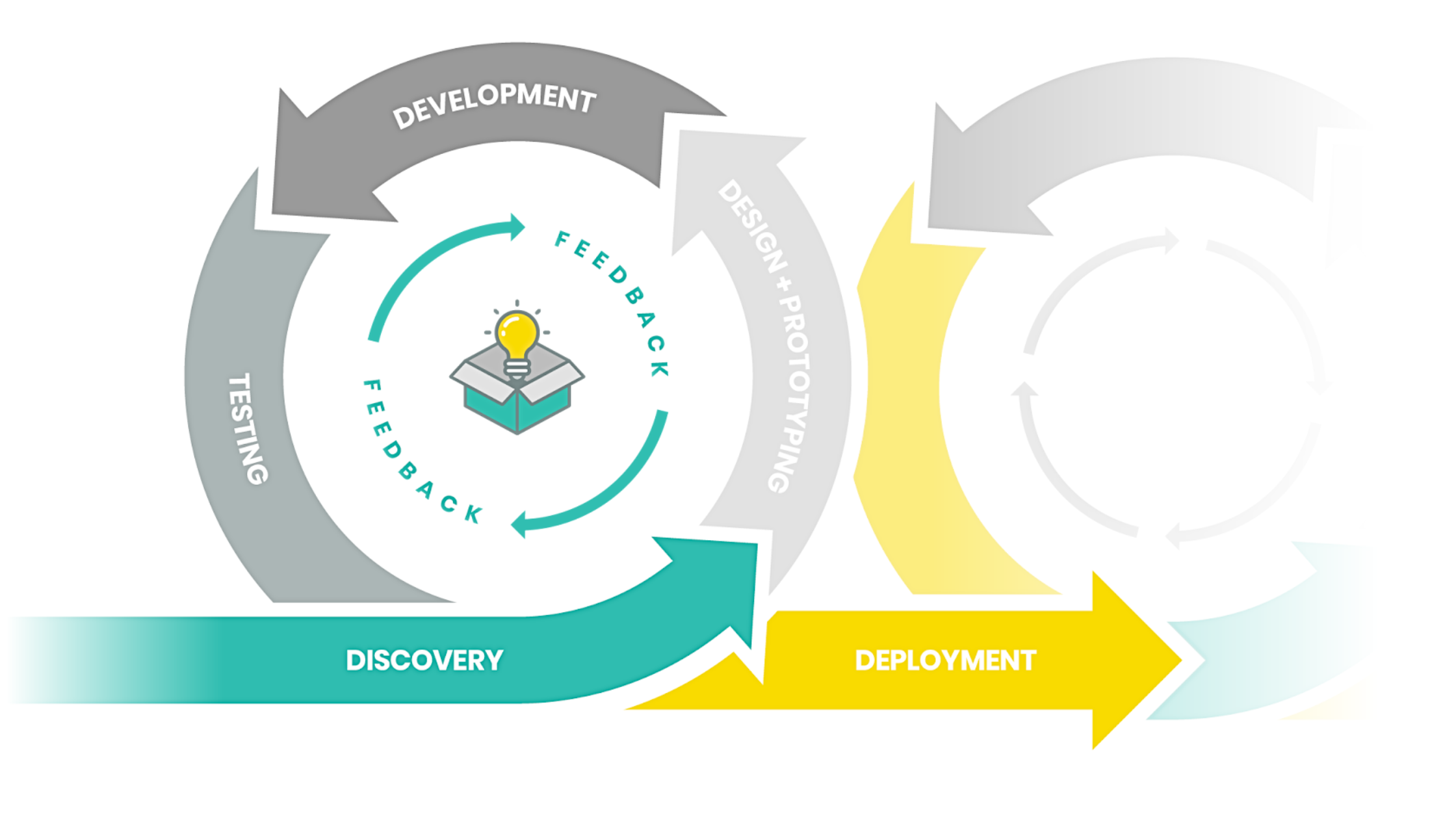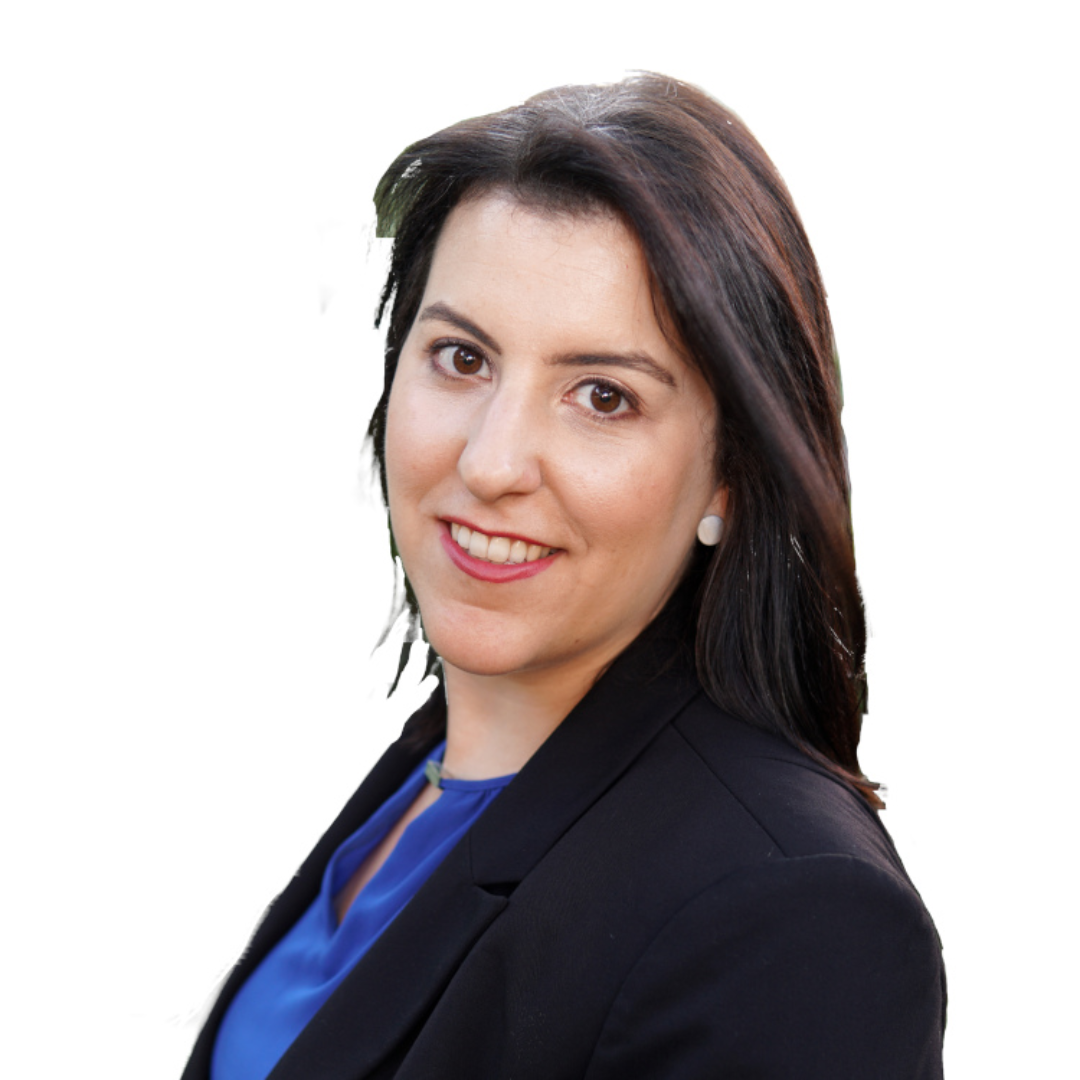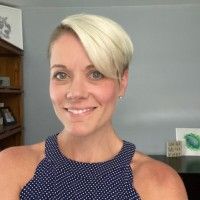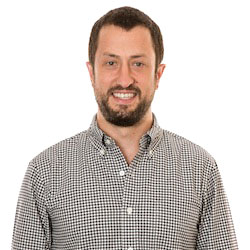Discovery sits at the heart of how we deliver great software. But, if we're honest, it's easy to fall into a checklist mindset: jot requirements, sketch a flow, build a backlog.
Unfortunately, when we skip the real work of uncovering assumptions, we risk building the wrong thing.
At SmartLogic, we are always looking for ways to sharpen our skills and stay curious. Recently, we partnered with Ti Mougne, an ICF-certified Agile project management coach with a decade of experience leading enterprise transformation efforts across Fortune 50-500 organizations.
Our goal during these sessions was to refine our product discovery process to build a solid foundation before writing a single line of code.
How Do We Define Product Discovery?
Before the workshops, we surveyed the team to gauge confidence around key product discovery activities: framing problem statements, designing experiments, and explaining the value of discovery to clients.
The results highlighted our areas of opportunity. While most team members felt confident in their own skills, we lacked a shared understanding of what discovery is, how it works, and why it matters. These gaps became our starting point.
Discovery vs. Planning: It's Not Either/Or
Early on, we were offered a powerful reframe: discovery and delivery aren't opposites; They're complementary. Discovery embraces ambiguity and experimentation, while planning brings clarity and structure. There's no need to pit the two against one another. The best strategy is a balance of both mindsets, treating them as a "polarity to be managed."

We explored the product discovery process through a six-step flow:
- Frame the problem
- Map the assumptions that must hold true
- Interview stakeholders to surface real needs
- Run quick experiments to test the riskiest bets
- Translate the findings into explicit learning goals
- Package everything into a concise discovery brief
Some reflections from the team:
- The structure helped reduce anxiety around the upcoming discovery process.
- It clarified how to approach discovery more intentionally and collaboratively.
- It encouraged a mindset shift, focusing on uncovering needs rather than rushing into solutions.
Successful projects oscillate between exploration and execution. A structured discovery process reduces uncertainty before locking in milestones and delivery plans.
In week 1, we uncovered the unknowns. Then, it was off to week 2.
From Insights to Product Roadmap
In Week 2, we turned insights into an actionable plan. We began by defining the problem statement and reflecting on our Week 1 approach. This reflection was key: product discovery isn’t just about what to build, but who we’re building for and why.
The second workshop focused on strengthening our "discovery muscles" by:
- Framing the real problem
- Mapping assumptions
- Understanding stakeholder impacts
- Translating insights into a three-month roadmap
Discovery is a cyclical, non-linear process in which you learn, refine, pause, revisit assumptions, and sharpen focus.
Practical breakout exercises guided our team to:
- Link assumptions to affected stakeholders
- Craft testable learning questions
- Define success metrics
- Regroup and reflect on risks, surprises, and mindsets
The takeaway? To optimize the discovery phase, teams must align on purpose, continuously question their beliefs, and ask the right questions for the right people at the right time.
Real Discovery Means Real People
Discovery isn’t just about sticky notes and frameworks, it’s about people.
A prompt we now use more often: “Who is impacted if this assumption is wrong?”
That simple question shifts the focus from abstract features to real consequences.
One example: during the workshop, a team questioned whether a key legacy feature should be retained. By asking, “What evidence would convince us?", we opened the door to better experiments: user interviews, early usage tracking, and timed reevaluation.
Across the board, every assumption became a hypothesis we could test.
The Real Takeaway: Stay Curious, Together
Discovery isn’t a box we tick on the way to delivery, it’s the habit of staying curious long enough to build the right thing, for the right people, at the right moment.
These workshops reminded us that progress comes from pairing bold assumptions with humble questions and letting evidence steer the course. When we surface uncertainties early, tie them to real stakeholders, and test them in lightweight ways, we avoid costly rework and move forward with focus.
As we roll the three-month roadmap forward, we're keeping that learning loop alive. We're celebrating insights, challenging blindspots, and remembering that clarity earned together is the fastest path to impact.
Curious how discovery can improve your product roadmap? We’d love to hear about your product goals. Book a free strategy call with us and let's start the conversation!



